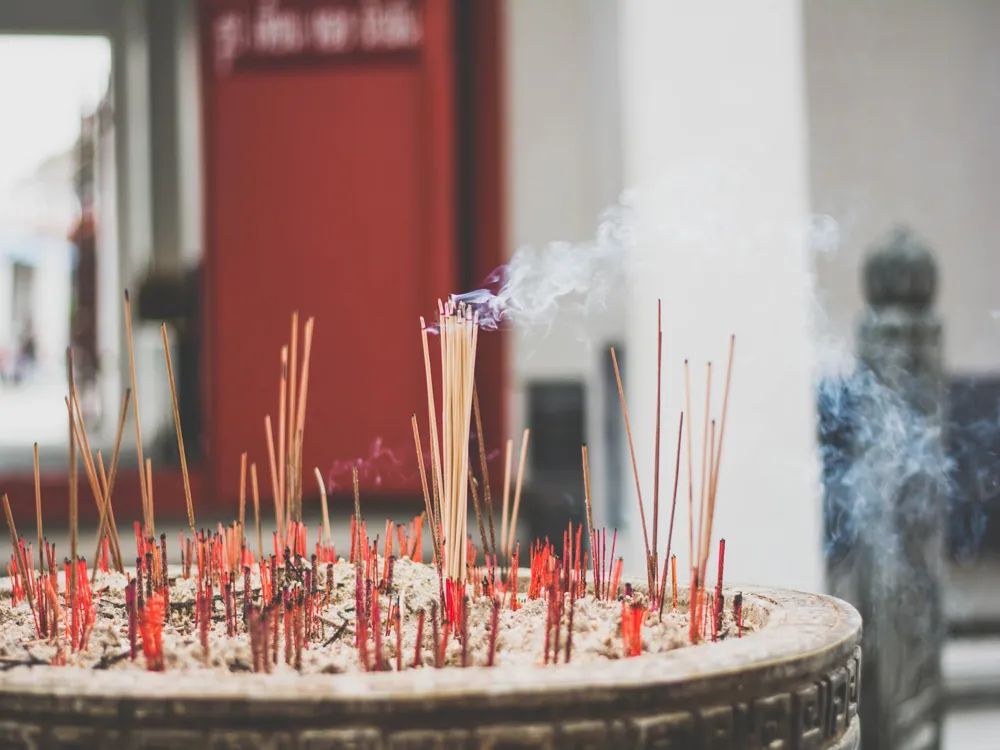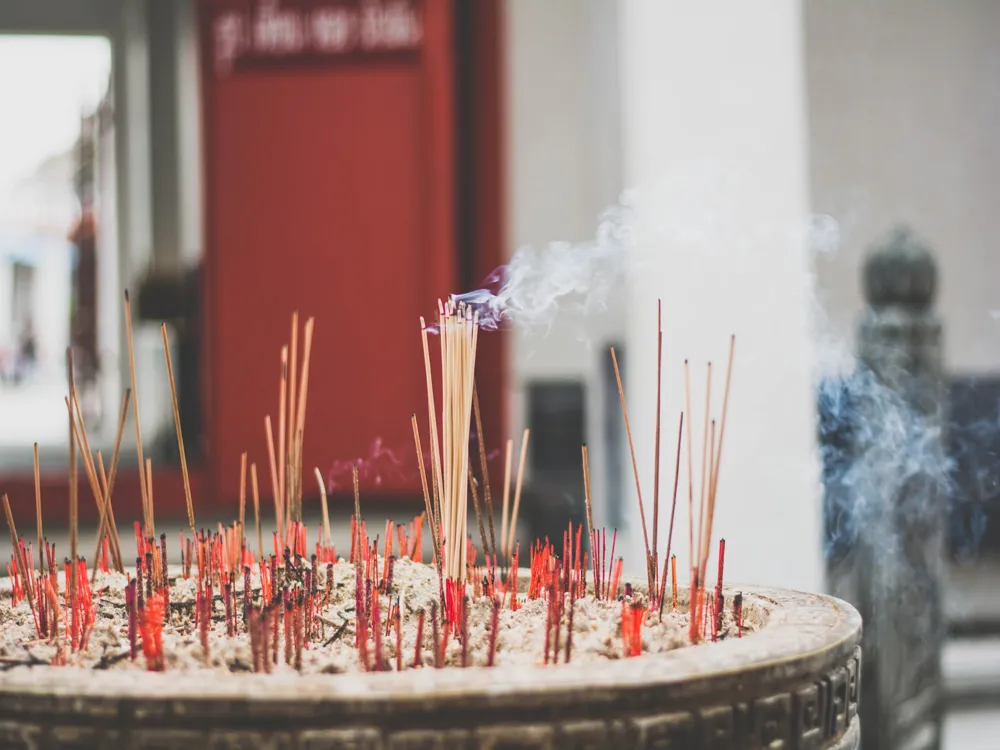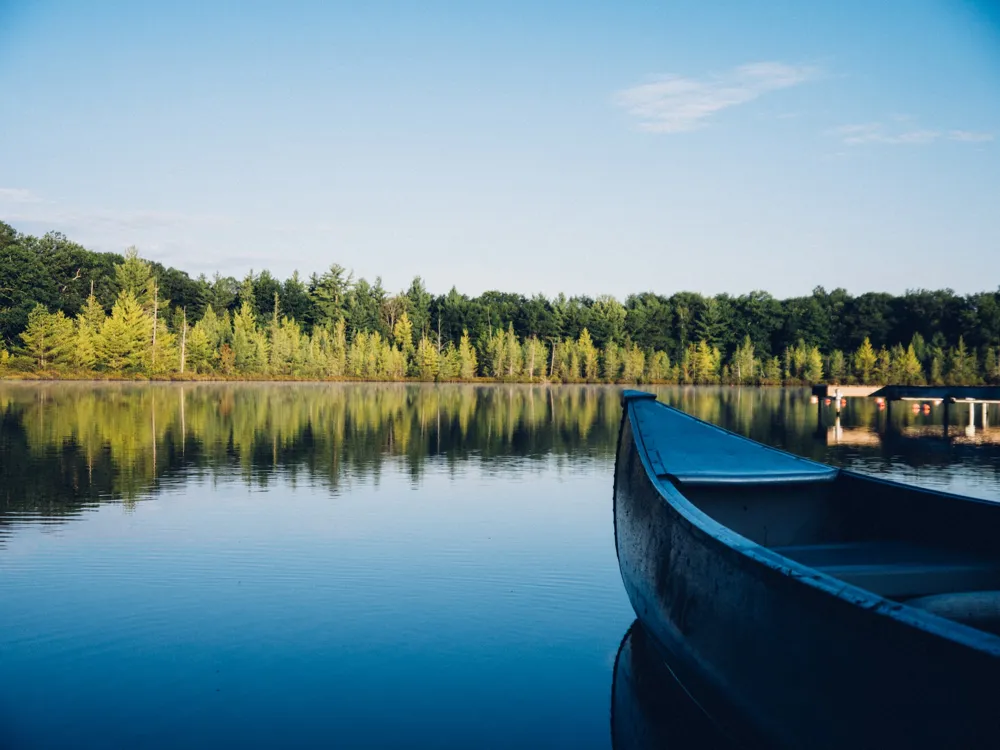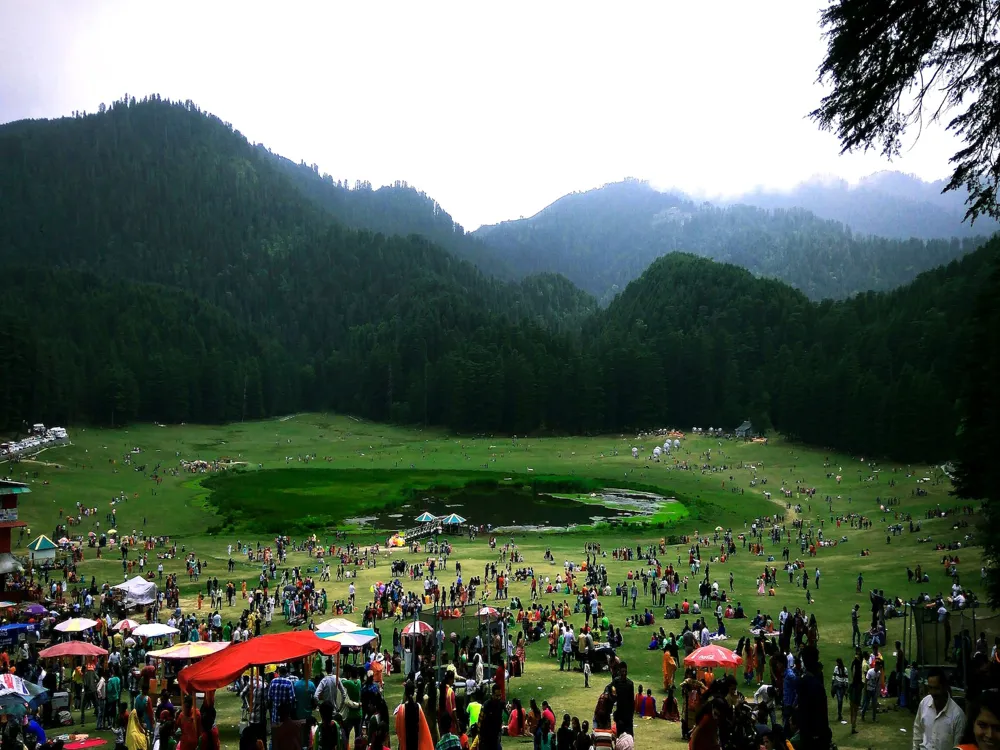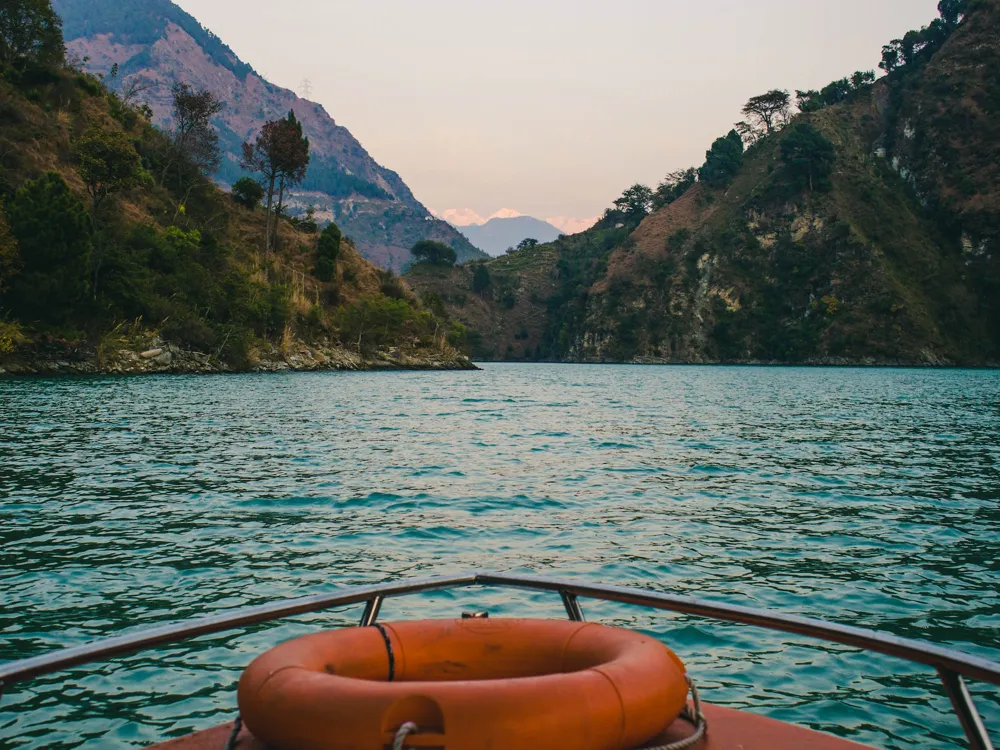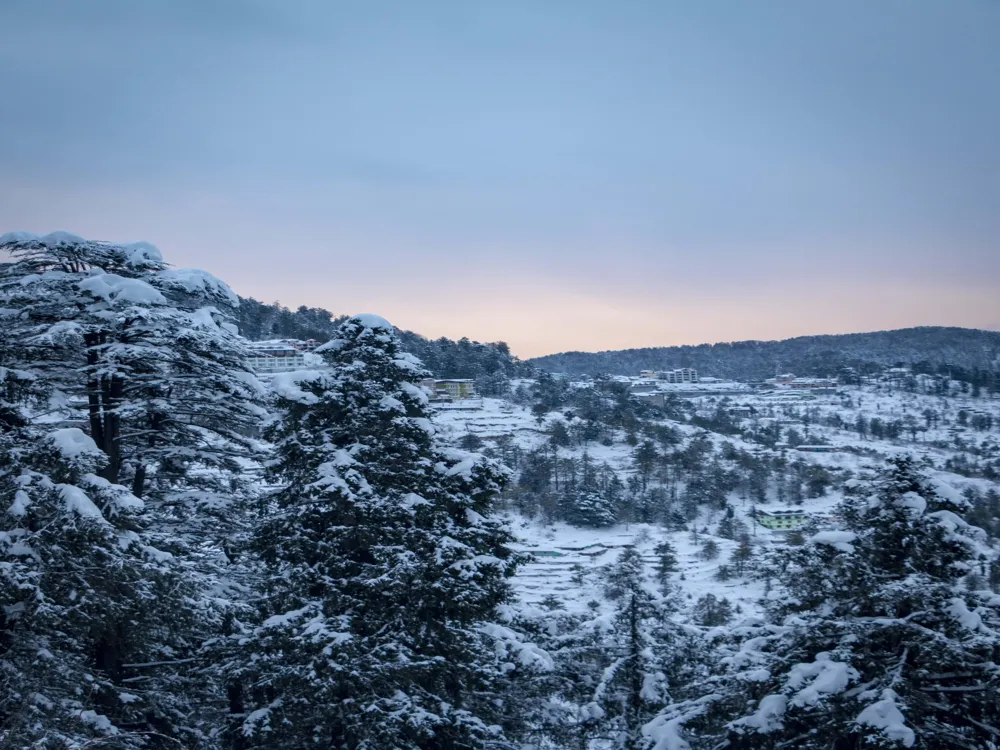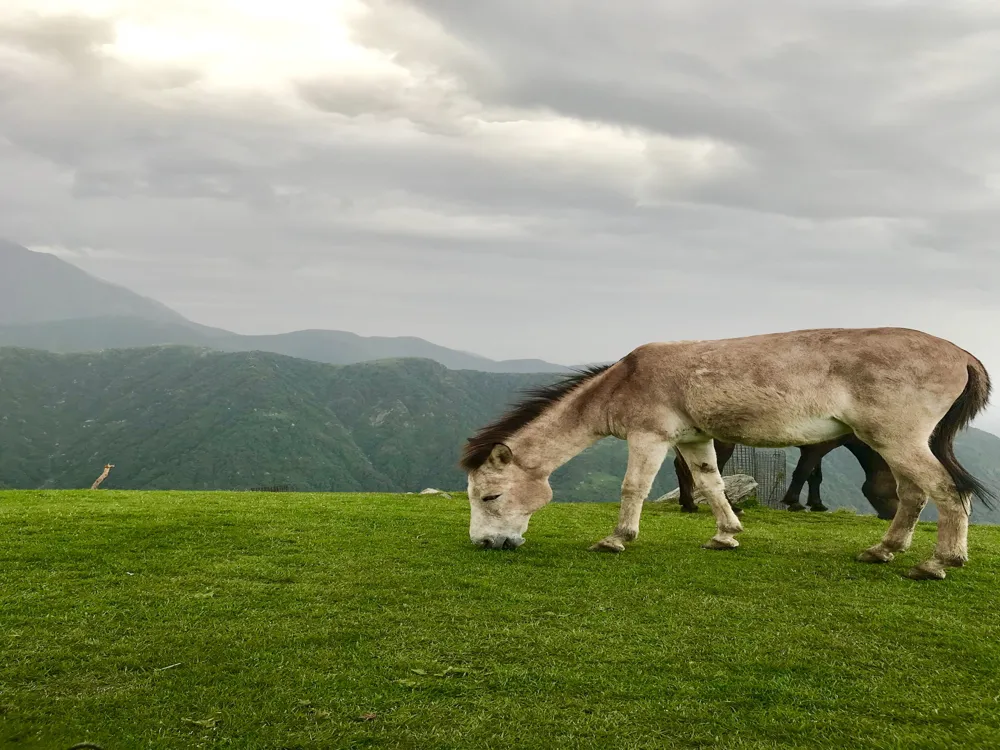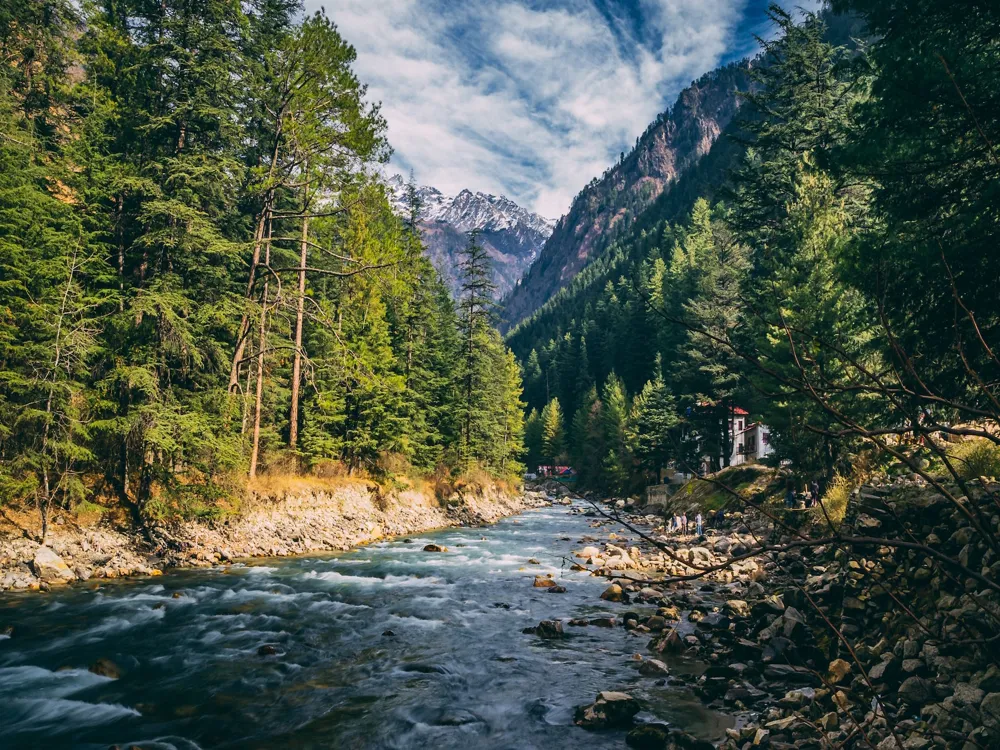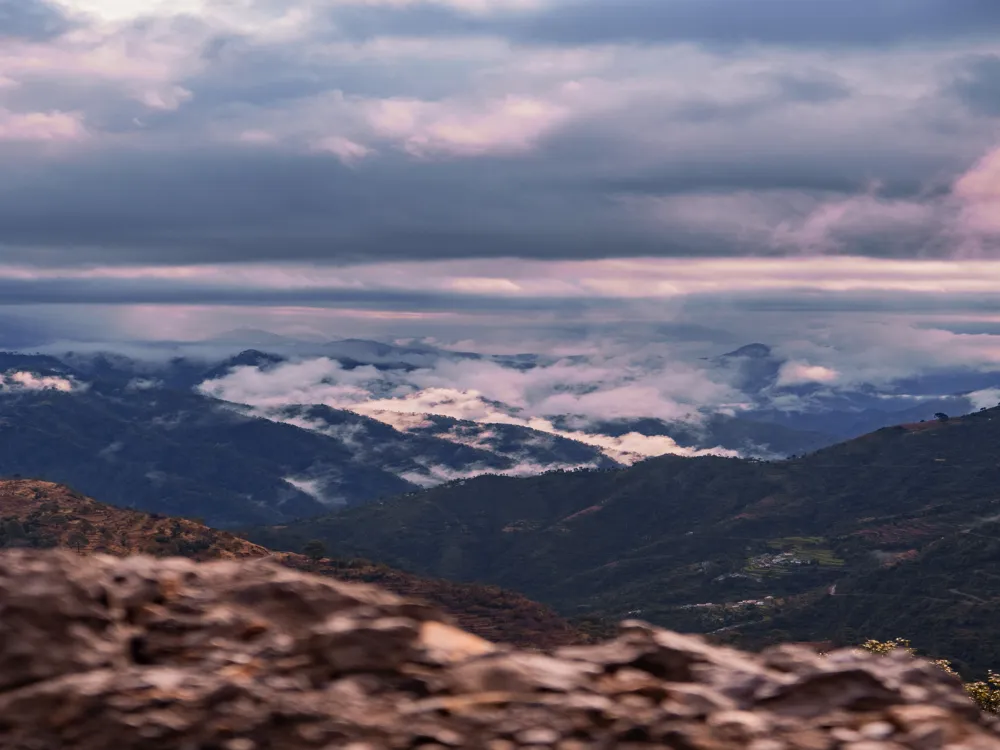Nestled in the verdant landscapes of Mcleodganj in Himachal Pradesh, the Norbulingka Institute stands as a testament to the enduring spirit of Tibetan culture and arts. Founded in 1988, this institute was established to preserve and continue the ancient traditions of Tibetan art and literature. Named after Norbulingka, the traditional summer residence of the Dalai Lamas in Lhasa, Tibet, the institute in India mirrors its namesake’s commitment to preserving Tibetan heritage.
The Norbulingka Institute is not just a center for learning; it is a sanctuary where the atmosphere reverberates with the creative rhythms of Tibetan culture. As you step into this serene environment, you are greeted by the meticulously landscaped gardens, traditional Tibetan-style buildings, and the tranquil sound of flowing water. This institute is more than an educational center; it's a vibrant, living museum dedicated to the preservation of Tibetan culture.
One of the most fascinating aspects of Norbulingka is its dedication to the art of Thangka painting, a traditional form of Tibetan Buddhist art. These intricate paintings, which often depict Buddhist deities and scenes from Tibetan mythology, are more than just artistic expressions; they are a form of meditation and spiritual practice for the artists who create them. The institute provides training in this ancient art form, ensuring its survival for future generations.
In addition to Thangka painting, the Norbulingka Institute offers courses in a variety of other traditional Tibetan arts. This includes woodcarving, statue making, and traditional Tibetan tailoring. Each art form is taught by master craftsmen and women, ensuring that students receive an authentic and comprehensive education in Tibetan artistic traditions.
The institute is also home to a vibrant community of Tibetan refugees. For many of these individuals, Norbulingka is not just a place of learning; it is a place of cultural preservation and personal empowerment. Here, they find a space where they can celebrate their heritage and contribute to the ongoing story of Tibetan culture.
Visitors to the Norbulingka Institute are not just tourists; they are participants in a living cultural experience. Through workshops, demonstrations, and guided tours, guests have the unique opportunity to immerse themselves in Tibetan culture and gain a deeper understanding of this ancient and vibrant civilization.
The architecture of the Norbulingka Institute is a true marvel, combining traditional Tibetan design with the natural beauty of its Himalayan surroundings. The complex was designed following the principles of Tibetan architecture, which emphasize harmony with nature and spiritual symbolism. The result is a series of buildings that are not just structures, but works of art in themselves.
The main building of the institute is a stunning example of Tibetan architectural style. Its brightly colored facades, adorned with intricate wood carvings and traditional Tibetan motifs, are a feast for the eyes. The use of vibrant colors is not just for aesthetic purposes; in Tibetan culture, colors are symbolic and are used to convey spiritual messages. For example, the color blue represents the sky and the universe, while red symbolizes life force and preservation.
The layout of the Norbulingka Institute is also deeply symbolic. The central courtyard is designed as a mandala, a spiritual and ritual symbol in Hinduism and Buddhism, representing the universe. The buildings are arranged around this central point, creating a sense of unity and interconnectedness. This design not only reflects Tibetan spiritual beliefs but also creates a sense of peace and balance within the complex.
Another striking feature of the institute’s architecture is its integration with the natural environment. The buildings are constructed using local materials, such as stone and wood, which helps them blend seamlessly into the surrounding landscape. The use of traditional construction techniques also ensures that the buildings are not just environmentally sustainable but also true to Tibetan architectural heritage.
One of the most remarkable buildings within the institute is the Temple. The Temple is a masterpiece of Tibetan art and architecture, adorned with beautiful murals, intricate carvings, and statues of Buddhist deities. The temple is not just a place of worship; it is a living piece of art, showcasing the skill and devotion of the Tibetan artisans who created it.
The gardens of Norbulingka are another example of the institute’s harmonious blend of nature and architecture. These gardens are meticulously landscaped, with flowing streams, traditional Tibetan bridges, and an array of flora that changes with the seasons. The gardens are not just a place of beauty; they are a place of contemplation, where visitors can experience the tranquility and beauty of nature.
Before visiting Norbulingka, it's a good idea to check the institute's website for any special events or workshops that might be taking place. Planning ahead ensures that you can fully experience all that Norbulingka has to offer.
As a center of Tibetan culture, it's important to show respect for the traditions and customs you encounter. This includes dressing modestly, removing your shoes before entering sacred spaces, and asking permission before taking photographs.
Norbulingka offers a variety of workshops in traditional Tibetan arts. Participating in these workshops is a great way to gain a deeper understanding of Tibetan culture and support the institute's mission.
The gardens of Norbulingka are a key part of the institute's charm. Take your time to stroll through the gardens, enjoy the serene environment, and reflect on the beauty of nature.
The temple at Norbulingka is a must-see. Its intricate murals and statues are prime examples of Tibetan art. Remember to maintain a respectful silence inside the temple.
The Norbulingka Institute is located in the Dharamshala suburb of Sidhpur, a short distance from the town of Mcleodganj. There are several ways to reach the institute, depending on your starting point and preferred mode of travel.
By Air: The nearest airport is Gaggal Airport, also known as Kangra Airport or Dharamshala Airport. It's about 15 kilometers from the institute. From the airport, you can take a taxi or a bus to reach Norbulingka.
By Rail: The nearest major railway station is in Pathankot, which is about 90 kilometers away. From Pathankot, you can hire a taxi or take a bus to Dharamshala and then to Norbulingka.
By Road: Norbulingka is well-connected by road to major cities like Delhi, Chandigarh, and Shimla. Regular bus services, including luxury and Volvo coaches, are available to Dharamshala. From Dharamshala, local taxis or buses can take you to the institute.
Overview of Norbulingka Institute, Mcleodganj, Himachal Pradesh
Architecture of Norbulingka Institute
Tips When Visiting Norbulingka Institute
Plan Your Visit
Respect the Culture
Participate in Workshops
Explore the Gardens
Visit the Temple
How To Reach Norbulingka Institute
Norbulingka Institute
Mcleodganj
Himachal Pradesh
₹ 4,000 onwards
View mcleodganj Packages
Weather :
Tags : Landmark
Timings : 9:00 AM to 5:30 PM, Tuesday to Sunday. It is closed on Mondays.
Workshop Participation : Visitors can also participate in workshops to experience firsthand the traditional Tibetan arts and crafts.
Address : Norbulingka Institute, PO Sidhpur, Dharamshala 176057, Himachal Pradesh, India.
Planning a Trip? Ask Your Question
Mcleodganj Travel Packages
View All Packages For Mcleodganj
Top Hotel Collections for Mcleodganj

Private Pool

Luxury Hotels

5-Star Hotels

Pet Friendly
Top Hotels Near Mcleodganj
Other Top Ranking Places In Mcleodganj
View All Places To Visit In mcleodganj
View mcleodganj Packages
Weather :
Tags : Landmark
Timings : 9:00 AM to 5:30 PM, Tuesday to Sunday. It is closed on Mondays.
Workshop Participation : Visitors can also participate in workshops to experience firsthand the traditional Tibetan arts and crafts.
Address : Norbulingka Institute, PO Sidhpur, Dharamshala 176057, Himachal Pradesh, India.
Planning a Trip? Ask Your Question
Mcleodganj Travel Packages
View All Packages For Mcleodganj
Top Hotel Collections for Mcleodganj

Private Pool

Luxury Hotels

5-Star Hotels

Pet Friendly







